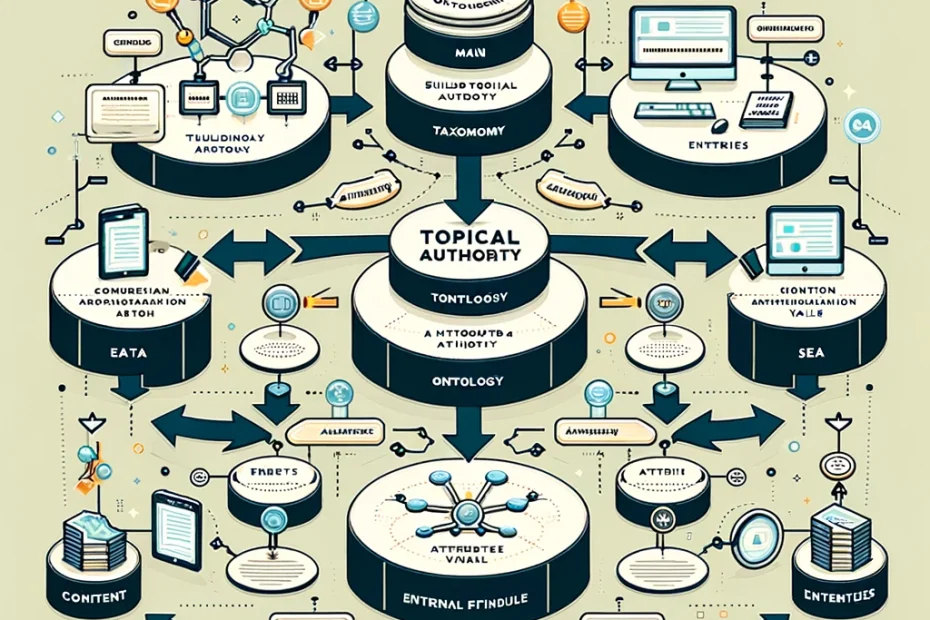Building topical authority involves demonstrating expertise, trustworthiness, and relevance in a specific subject area. Taxonomy, ontology, and the Entity-Attribute-Value (EAV) model can be powerful tools in structuring and organizing content to achieve this.
Here’s a step-by-step guide on how to leverage these models:
Using Taxonomy to Organize Content :
Taxonomy provides a hierarchical structure to categorize content. This makes it easier for both users and search engines to understand the relationships between different pieces of content.
Define Categories and Subcategories: Start by creating a list of main topics (categories) and breaking them down into more specific subtopics (subcategories). For example, in an electrical engineering website, main categories could be “Circuits”, “Power Systems”, “Electronics”, etc. Subcategories under “Electronics” might include “Semiconductors”, “Microcontrollers”, “Sensors”, etc.
Create Content for Each Node: Develop content for each category and subcategory, ensuring that each piece is comprehensive and authoritative.
Interlink Content: Use internal links to connect related articles within the taxonomy, enhancing the site’s structure and making it easier for search engines to crawl.
Using Ontology to Define Relationships and Context:
Ontology adds a layer of depth by defining complex relationships and rules within the content.
Identify Entities and Relationships: Define the key entities within your domain (e.g., components, processes, theories in electrical engineering) and map out the relationships between them (e.g., “A microcontroller is a type of semiconductor”).
Create Ontological Models: Develop ontological models that capture these relationships and rules. Tools like Protégé can help in building and visualizing these models.
Incorporate Ontologies into Content: Use these models to guide the creation of content that reflects the relationships and context within your domain. This ensures that your content is not only relevant but also comprehensive and interconnected.
Using the EAV Model to Manage Diverse and Complex Data
The EAV model is useful for managing attributes and values that vary across entities, which is common in technical and specialized domains.
Define Entities and Attributes: Identify the entities you will discuss (e.g., different types of electrical components) and the attributes relevant to each (e.g., voltage, current, resistance for a resistor).
Store Data in EAV Format: Use the EAV model to store this information in a database, allowing for flexible and efficient data management. This is particularly useful for creating detailed specifications and comparisons.
Generate Dynamic Content: Use the EAV model to dynamically generate content based on the stored attributes and values. For instance, create detailed comparison tables, specifications sheets, or automated recommendations.
Integrating Taxonomy, Ontology, and EAV for Topical Authority
Content Strategy: Use taxonomy to outline your content strategy, ensuring comprehensive coverage of your domain. Use ontology to add depth and relational context to the content.
Content Creation: Create detailed, well-structured content that leverages the EAV model for managing variable attributes. Ensure each piece of content fits within the taxonomy and reflects the ontological relationships.
SEO and User Experience: Optimize each piece of content for SEO by including relevant keywords and ensuring it is well-structured and easy to navigate. Interlink content extensively to create a robust internal linking structure.
Continuous Improvement: Regularly update the taxonomy and ontology to reflect new knowledge and trends in your field. Use analytics to track performance and adjust your strategy accordingly.
By systematically organizing and structuring content using these models, you can build and demonstrate topical authority, making your site a go-to resource in your field.

